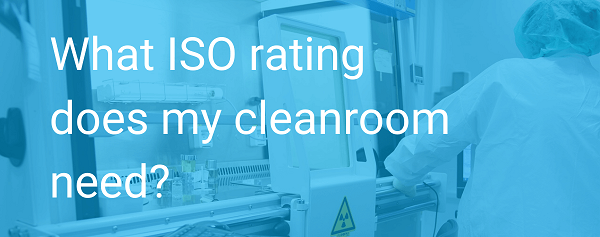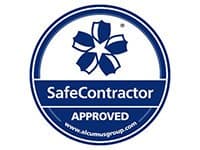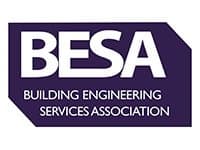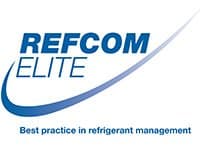
A cleanroom is a room or even a suite of rooms that have a specific purpose that required it to be designed and constructed with fabric and environmental control measures. The idea is that the room can limit the propagation, introduction and maintenance of airborne contamination. Whether you are having a new cleanroom added to your facilities or are upgrading the current ones, one of the most important factors is the ISO rating – so what is this and what rating does your facility need?
What is an ISO rating?
An ISO rating is a system put in place by the International Standards Organisation that ranks cleanrooms on a scale from Class 1 through to 9, with 1 being the very cleanest. It measures contaminants in a ‘parts per cubic metre’ measurement so a Class 6 cleanroom would have a rating of 35,200 part per cubic metre. In this space, there should be no more than 35,200 particles that are bigger than 0.5 microns in size per cubic metre of room space. The very highest standard is ISO Class 1 which allows no more than 10 0.1 micron particles per cubic metre.
To understand what this means, a particle of cigarette smoke can be between 0.5 and 2 microns in size while the end of a human hair can be 60-100 microns. The measurement is taken at work surface height.
How a cleanroom works
In order to achieve the required ISO rating, there are pre-filters that remove the dirt and dust that is visible to the eye – often called baseballs and boulders. Then a HEPA or higher grade ULPA filter is used to collect particles that can’t be seen by the eye.
So a light manufacturing area where there is no smoke or oil mist, say a uPVC window assembly and packaging plant, can use a pre-filtration on an HVAC system and can achieve an IPO rating of Class 8, with 3,520,000 parts per cubic metre of those 0.5 micro particles. This is much the same as room air.
Pressure positive cleanrooms
Some 90% of cleanrooms are known as pressure positive rooms that are designed to keep contaminants from entering it. Air comes in usually at ceiling level having been filtered through a fan powered HEPA filter capable of removing 0.3-micron particles. The inside of the room is pressurised to a greater level than outside the room and this creates the positive pressure.
Negative pressure rooms are designed to stop contaminants leaving the room and are the type of cleanroom used for infectious disease studies and people working with hazardous chemicals, flammables and explosive liquids and powders. The aim of these rooms isn’t to stop something getting in but to stop something getting out.
Getting the right facilities
One of the hardest parts of creating or upgrading a cleanroom is getting the right facilities to achieve the ISO class you require. This means working with cleanroom installation experts in Bristol such as TEK to help with your cleanroom needs as we can provide the full range of services including the total turnkey package including room build. To find out more, give us a call today on 0117 952 3355 to discuss your project and its requirements. Alternatively, you can fill in our contact form and we will get back to you.






